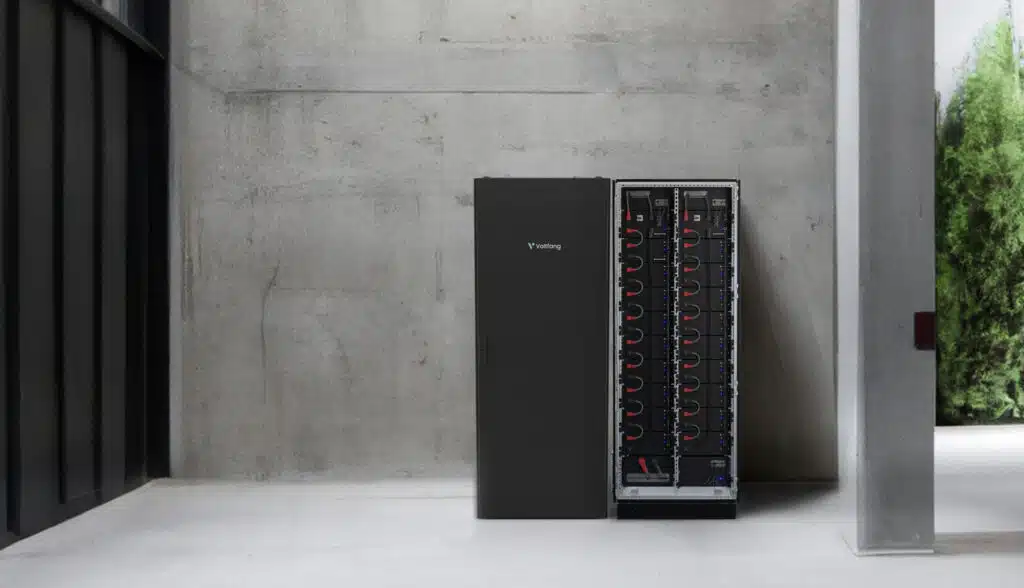
There are already more than 700,000 electric vehicles on German roads today, and this figure is set to rise to more than 15 million by 2030, with more than 1.5 million tons of battery cells from electric vehicles having to be disposed of due to battery ageing. In addition, supplies of lithium are becoming increasingly scarce worldwide, which will lead to future bottlenecks in electromobility. Batteries also often have to be replaced after just 5 years, as they no longer provide the necessary performance for use in cars. However, discarded batteries usually still have a residual capacity of over 70-80%.
Recycling the modules at this point would be a waste, especially as there is not yet sufficient recycling capacity and recycling is generally still very expensive and inefficient. Recycling rates are therefore not yet very high and valuable raw materials are still being lost in recycling.
However, the discarded car batteries are still ideally suited for further use in our stationary storage systems. While the batteries in the car are charged and discharged with a C-value of 3-5, i.e. they are exposed to a high load, in our electricity storage systems they are charged with a maximum C-value of 1. This difference enables a second life in our storage systems, for which we give a 10-year guarantee on the storage capacity.
Mature technology: The technology for manufacturing second-life storage systems has made great progress in recent years. The processes for preparing and testing the batteries have been optimized to improve the reliability of the systems. According to an article by Greentech Media, tests have shown that second-life storage systems are a reliable and efficient solution for energy storage. https://www.greentechmedia.com
Second-life storage systems offer a cost-effective alternative to new batteries. As the batteries have already gone through a life cycle in electric vehicles, they are generally cheaper. A study by the Fraunhofer Institute for Solar Energy Systems shows that the use of second-life batteries can lead to considerable cost savings when implementing energy storage systems. https://www.ise.fraunhofer.de
The use of second-life storage systems promotes a sustainable circular economy. Instead of disposing of the batteries, they are reused and their service life extended. This reduces the need for raw materials for the production of new batteries and reduces the environmental impact. An article on Solar Power World highlights how second-life storage can help conserve resources and reduce the environmental footprint of the energy storage industry. https://news.mit.edu
The use of second-life storage systems can significantly improve the scalability of energy storage systems. With a large number of batteries from electric vehicles already on the market, there is a sufficient amount of batteries available to meet the growing demand for energy storage solutions. An article on Energy Storage News emphasizes the high scalability of second-life storage systems and how they help to integrate renewable energy more efficiently.
https://www.energy-storage.news
Work is currently underway on several standards for the German and European market to regulate the use of second-life storage systems. The first standards are already being presented to ensure safety standards and quality assurance. An article on Renewables Now reports on the development of standards for second-life storage systems and the significance of this regulation for the market.https://www.vde.com/
Second-life storage systems are thoroughly tested and checked for their performance before being reused. This ensures that they meet the requirements for energy storage. An article on CleanTechnica describes the advances in second-life storage monitoring and control technology that ensure reliable performance and optimal use of available energy. https://cleantechnica.com
Nutzen Sie die Förderung für Stromspeicher in Sachsen-Anhalt, um Ihre Betriebskosten zu senken und in eine effiziente Energiezukunft zu investieren. Lassen Sie uns Ihr Projekt gemeinsam angehen.